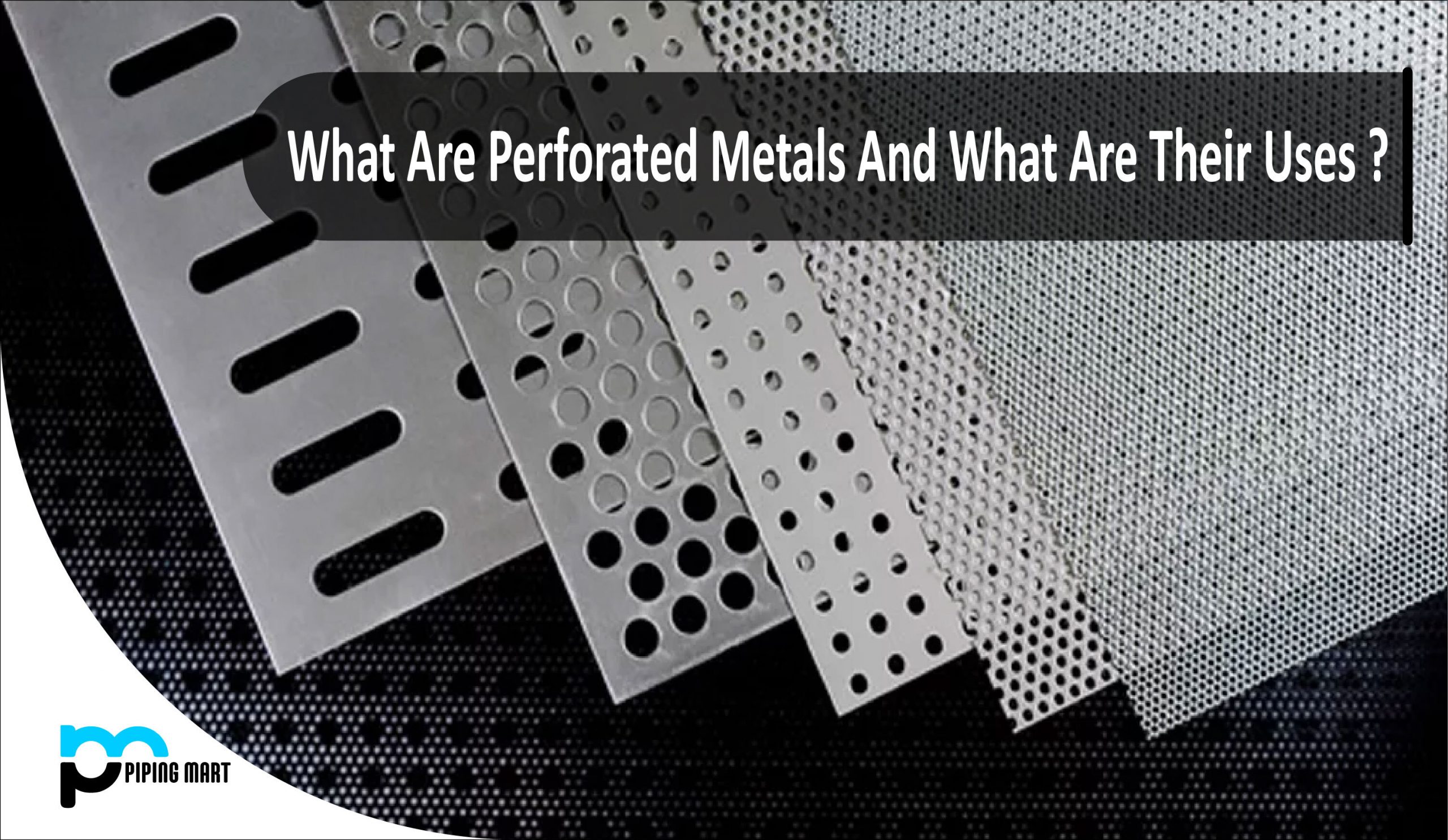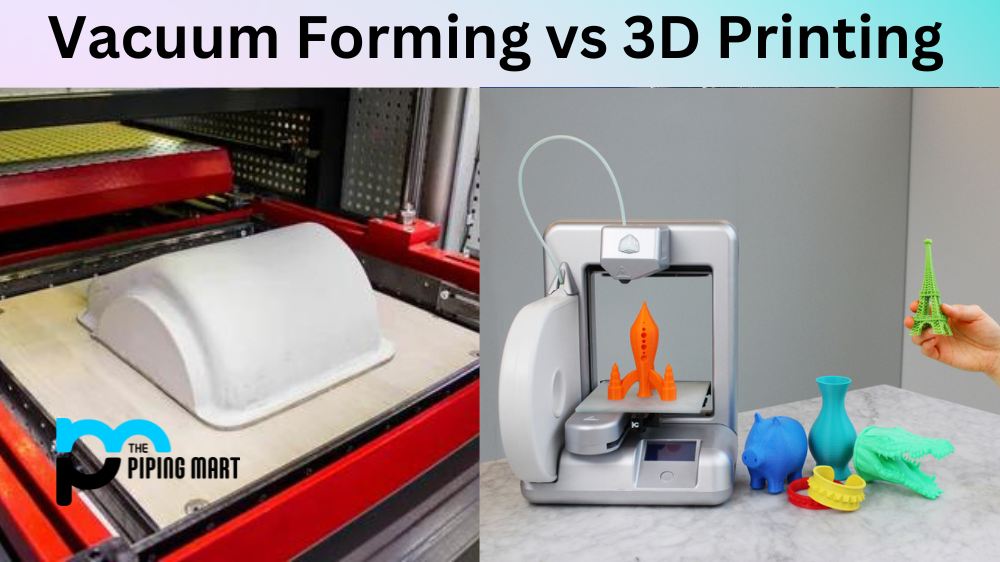What is Perforated Metal?
Auto components, computers, rock quarries, household appliances, cooking and serving utensils, business signage, and retail shelving are just a few of the possibilities for perforated sheet metal. Perforated sheet metal manufacturing methods differ depending on the metal and the purpose for which it is produced. Perforated sheet metal is commonly made from aluminum, mild steel, galvanized and stainless steel, and copper. Raw metals vary in width and gauge, which has an impact on production procedures. The most prevalent varieties of perforated metal are aluminum and mild steel, which are both adaptable and long-lasting.
Perforated Metal Uses
There are two main ways to employ perforated metal in acoustic applications. It can be utilized as a part of a tuned resonant absorber or as an acoustic material face. A perforated metal sheet is employed as a protective or ornamental covering over a sound-absorbing or sound-reflecting substance in the first example. In the second example, the panel is made with a specified thickness and number of holes to eliminate noises within a specific frequency range.
Perforated metal is commonly used to make outdoor furniture including benches, picnic tables, and garbage cans. Perforated metal has a modern look and does not obscure the surroundings. Rain and tiny debris can drain through the holes rather than collect on the surface. Perforated metal can survive harsh weather and strong winds since it is so strong. Furthermore, unlike wood, it does not need to be maintained on a regular basis to prevent warping.
Stair railings made of perforated metal panels are both attractive and long-lasting. Balconies and stairwells benefit from designer balustrades constructed of corrosion-resistant perforated metal. They also give privacy while allowing light and air to pass through. These balustrades, like perforated metal suspended ceilings, come in a wide range of appealing designs and colors to match the decor of any building or residence.
Also modern food production necessitates a great deal of processing, and perforated metal can help with that. It may be used to sift tiny particles, filter solids out of liquids, or regulate airflow since the size of the holes can be controlled.
Perforated Metal Types
Aluminum
Aluminum is a lightweight metal that is often used in applications where weight is a concern, such as in automotive and aerospace applications. Aluminum has good corrosion resistance and can be anodized to create a variety of colors.
Brass
Brass is an alloy of copper and zinc that has a golden color. Brass is often used in applications where aesthetics are important, such as in architecture and jewelry. Brass also has good corrosion resistance and is often used in marine applications.
Bronze
Bronze is an alloy of copper and tin that has a dark brown color. Bronze is often used in applications where strength and durability are important, such as in sculpture and construction. Bronze also has good corrosion resistance.
Copper
Copper is a reddish-brown metal that is often used in electrical applications due to its high conductivity. Copper is also used in plumbing applications due to its resistance to bacteria. Additionally, copper has good heat conductivity and can be used in cookware.
Stainless Steel
Stainless steel is an alloy of iron, chromium, and nickel that has a silver color. Stainless steel is often used in food processing and medical applications due to its resistance to corrosion and bacteria. Additionally, stainless steel does not rust

Pipingmart is B2B portal specializes in industrial, metal and piping products. Also, share latest information and news related to products, materials and different types grades to help business dealing in this industry.




